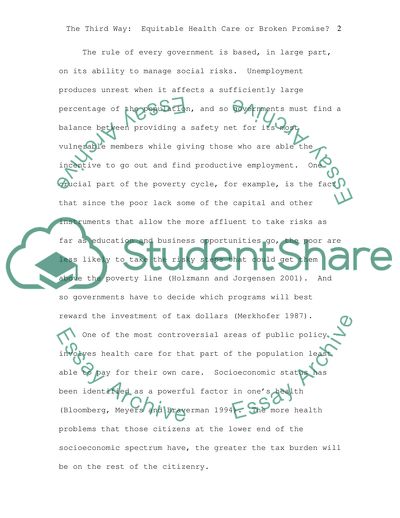Cite this document
(Social Policy Essay Example | Topics and Well Written Essays - 1500 words - 1, n.d.)
Social Policy Essay Example | Topics and Well Written Essays - 1500 words - 1. https://studentshare.org/sociology/1703059-social-policy
Social Policy Essay Example | Topics and Well Written Essays - 1500 words - 1. https://studentshare.org/sociology/1703059-social-policy
(Social Policy Essay Example | Topics and Well Written Essays - 1500 Words - 1)
Social Policy Essay Example | Topics and Well Written Essays - 1500 Words - 1. https://studentshare.org/sociology/1703059-social-policy.
Social Policy Essay Example | Topics and Well Written Essays - 1500 Words - 1. https://studentshare.org/sociology/1703059-social-policy.
“Social Policy Essay Example | Topics and Well Written Essays - 1500 Words - 1”. https://studentshare.org/sociology/1703059-social-policy.


